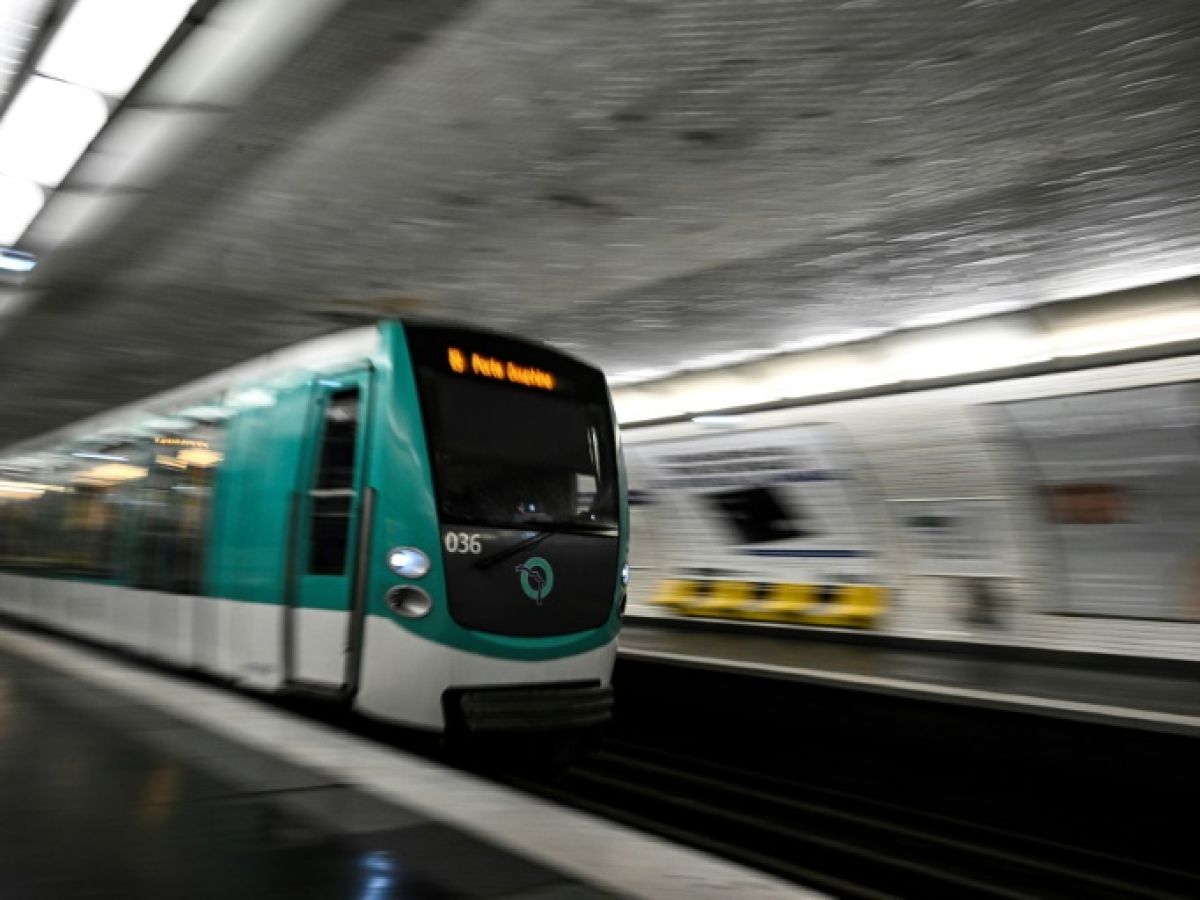A complete mapping of pollution in the underground transport network in the Paris region revealed on Tuesday a "high" level of concentration of fine particles in 13 stations, according to the Ile-de-France air observatory Airparif.
The study, which analyzed air quality on 426 train platforms and underground stations, also found "average" pollution levels on 276 of them and low levels on 123 platforms.
The most polluted stations are Belleville, Iena, Jaures, Laumiere, Michel-Ange-Auteuil, Michel-Ange-Molitor, Oberkampf, Ourcq, Pere-Lachaise, Pigalle, Saint-Philippe-du-Roule and Trocadero.
They are located only on metro lines 2, 5 and 9 and display levels of PM10 fine particles (diameter less than 10um) higher than 480 ug/m3.
This threshold is the maximum recommended by the National Agency for Food, Agriculture and Food Safety (ANSES) from one hour of exposure, which is the average daily time spent in transport by many people in the Paris region.
The World Health Organization (WHO) recommends a maximum level of 140ug/m3, but this concerns exposure to open air.
To produce this map, Airparif relied on an initial study presented in January and covering 44 stations where measurements were taken over long periods, at least one full week, seven days a week, 24 hours a day.
She then created a model based on 19 factors to understand what determined the level of pollution in each of these stations (depth of the station, type of braking used by the trains, presence of landing doors, length of the tunnel, etc.).
Airparif then used this model to estimate pollution levels across all stations in the network.
"The type of rolling stock, and in particular the braking system, has a major influence on air pollution levels," Airparif says in its analysis. The presence of platform doors and ventilation are also "parameters with a significant influence," the organization assures.
The high concentration of fine particles in the air can cause respiratory difficulties or illnesses, particularly in vulnerable people.
During a hearing before the National Assembly on Wednesday, RATP CEO Jean Castex recalled that no study has ever been able to prove the harmfulness of metro air.
"Mortality studies (of RATP employees) undertaken for several years by the health authorities have never demonstrated any prevalence of bronchopulmonary diseases or illnesses linked to these particles," he stressed.

